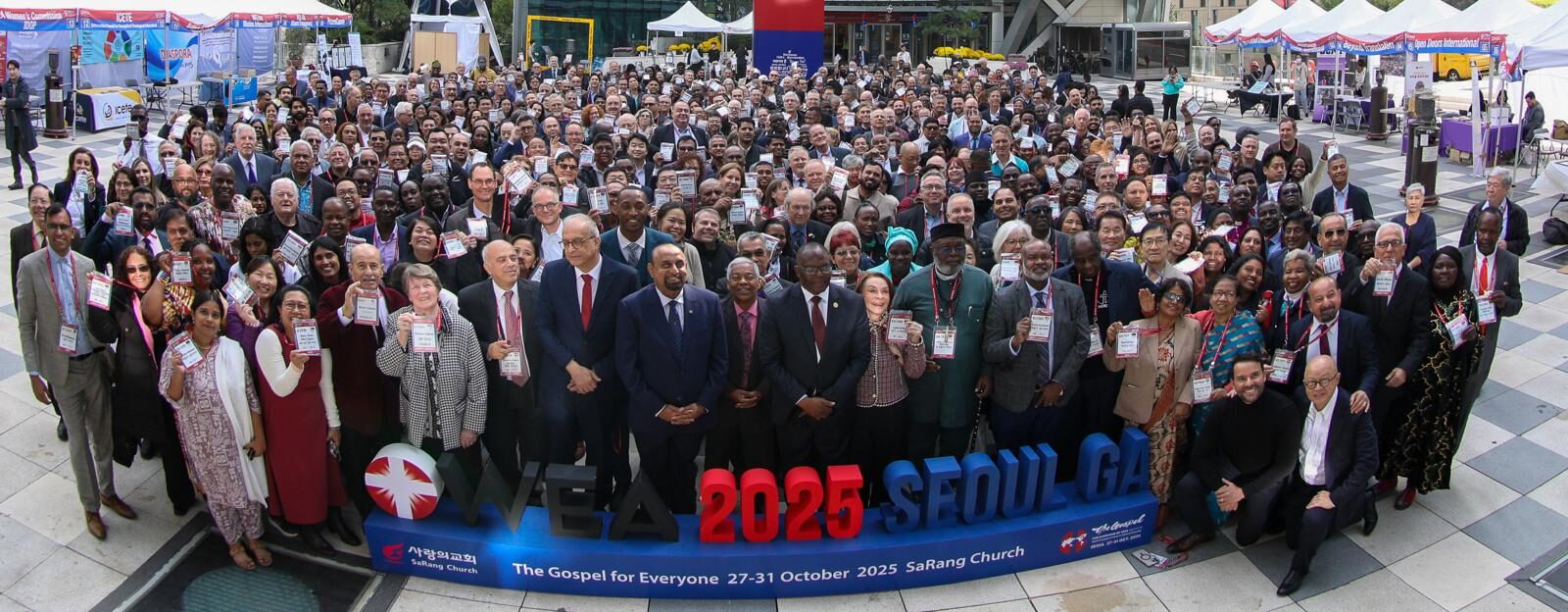When we are in the center of the storm, it’s difficult to know what’s coming, from where its coming and what is coming next.
Today I speak especially to church and civic leaders, as you provide care and leadership to your congregation and community. People look to you. Not surprising, they are confused and upset, sometimes disoriented about what they should do, but also, most distressed because they can’t see beyond today.
Regardless of our role or vocation or where we are in the global spread of the pandemic, there is a beginning and an end for each of us, be it family, church, schools, factory or business. After the disaster has either worn itself out or the world has built up immunity against the virus, there is an aftermath, a future time in which the devastation will need to be resolved and addressed.
I spent time with Ed Stetzer, director of the Billy Graham Center at Wheaton College. You can go to his web site at edstetzer.com/wea. He outlines 4 stages of a crisis: Pause and Pivot; Prepare and Plan; Engage and Execute; Recover and Re-emerge.
First, Pause and Pivot.
In the swirl of this crisis, as we wrestle with what needs doing and how we can get it done, hope writes this across our doors: All is not lost. Life will go on.
To pause is to open the doors of our hearts, to have time to listen to the words of Christ. To pivot is to turn from a heart of fear to a heart of hope. A human inclination is to be stuck, caught in the headlights, to be frozen.
Instead pivot into what you know is needed. Action has a way of defeating the trauma of uncertainty, anxiety and fear.
Second, prepare and plan.
Written across our doors is a four-letter word: plan.
We might think of “hope” as a fuzzy feeling, or sunglasses we use to filter our troubles, sheltering us from what is.
But it’s not. Hope helps us see what is, which means to face the virus and its multi-faceted destruction. Honesty accompanies hope. In seeing what is, hope frames my action. I’m called to move forward, and what moving forward requires is preparation and planning.
Third, engage and execute
The apostle Paul winds us his love chapter with saying, what remains are faith, hope and love. Notice how he links hope and faith. They are inseparable. And here’s why.
Hope is of the heart: it allows me to see more than the problem.
Faith is of the will: it moves me from where I am to an engagement in finding solutions. It is trusting in God to enable me, as I risk, to do what can be done.
The fourth phase is to recover and re-emerge.
This crisis will not last forever. There will come a time when other matters will call for your attention. As a pastor, parent, worker, regardless of where you are, you will want to re-emerge from under this debilitating time and move into your calling and future.
Let me take you back to Moses, as he leads the children of Israel, they’re trapped in front by the sea and behind by the pursing army.
Moses said: “Stop and see the deliverance of the Lord.”
But God speaks up contradicting Moses: “Move one.” He was telling then that deliverance doesn’t come when you stand still. He brings answers when we move forward in faith.
Storms and destruction will from time to time, sweep across the landscapes of our lives and homes. As hurtful as they are, they won’t last forever. God is creator, sustainer and king. This is his creation, and nothing takes him by surprise.
I return to the words from Isaiah, our prayer for today:
“Don’t be afraid, I’ve redeemed you.
I’ve called your name. You’re mine.
When you’re in over your head, I’ll be there with you.
When you’re in rough waters, you will not go down.
When you’re between a rock and a hard place,
it won’t be a dead end—
Because I am God, your personal God,
The Holy One of Israel, your Savior.
I paid a huge price for you: Isaiah 43:1-4
Amen
Hope in Crisis #4
Brian C. Stiller, Global Ambassador
The World Evangelical Alliance
2020
Brian C. Stiller, Global Ambassador
The World Evangelical Alliance
2020
]]>





Stay Connected